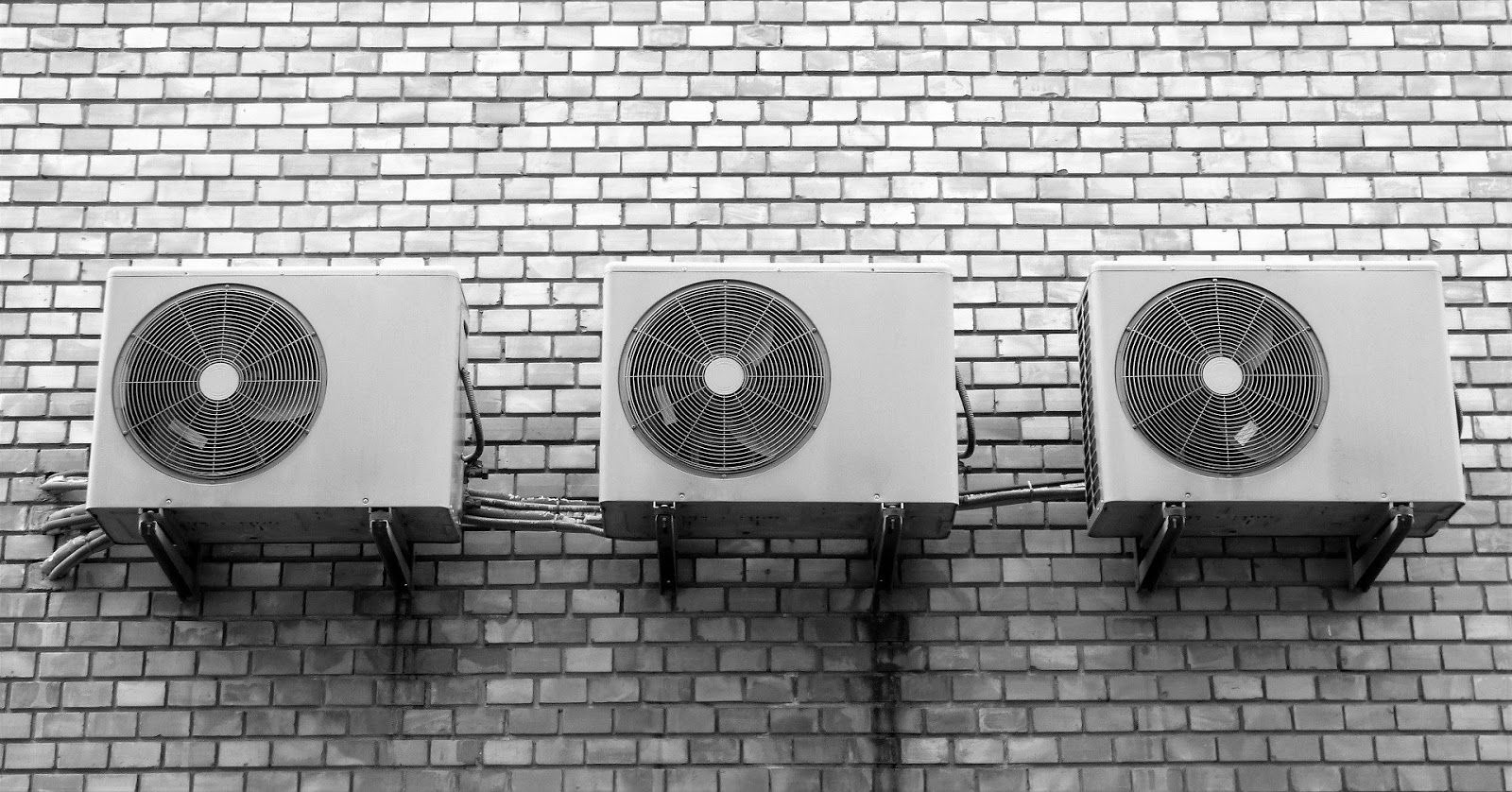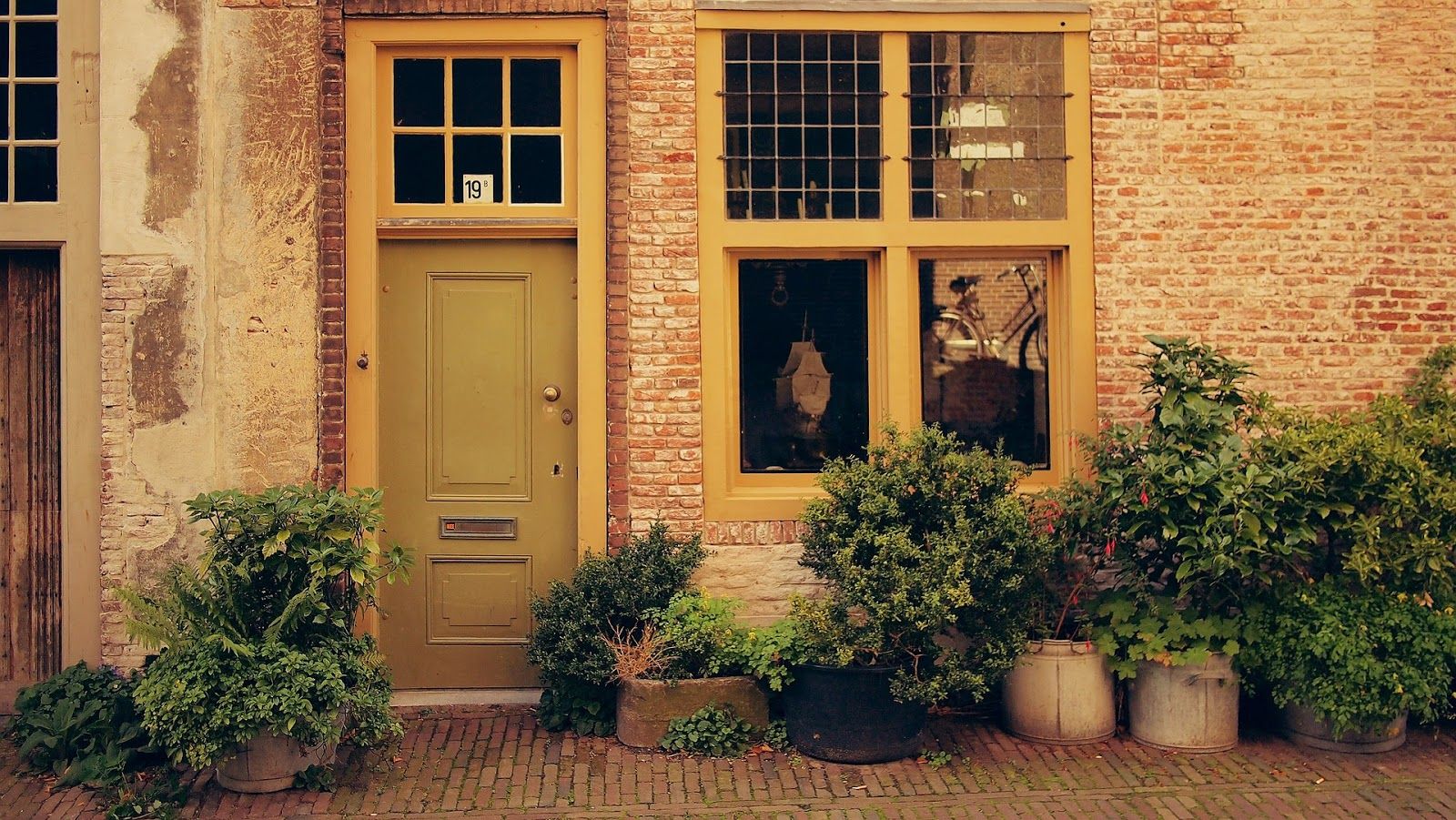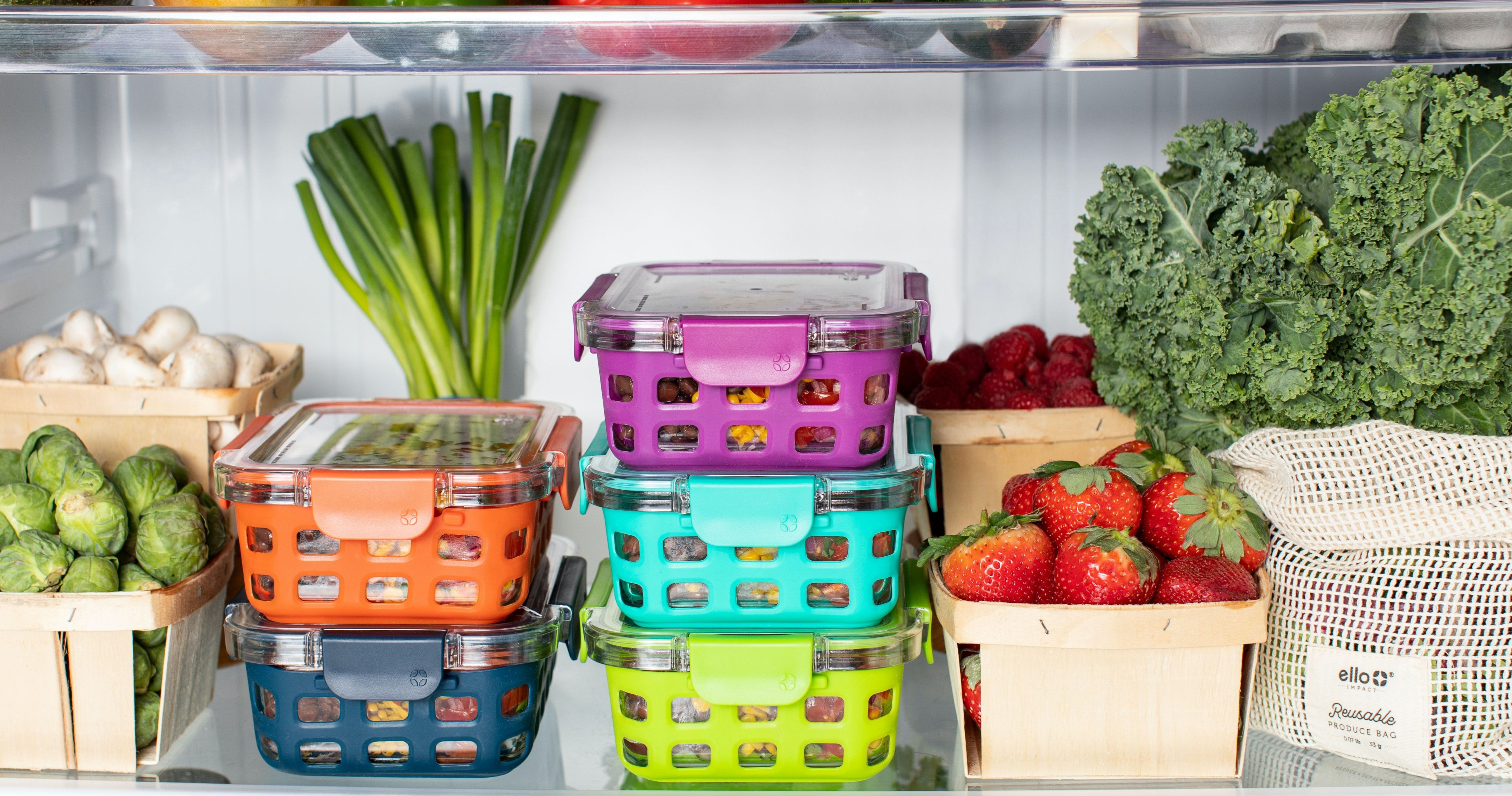Going Green has become more important than ever today and the first step is to start from home. Building an eco-friendly home can be one of the most effective ways to ensure a healthy environment for living. A well-planned green home can improve the air quality, reduce electricity and other bills, cut down waste and most importantly ensure a sustainable environment.
So, there is absolutely no reason as to why you shouldn’t opt for an eco-friendly home.
Here are certain easy ways to do so-:
1.Conscious Lighting Choices
When it comes to electric fixtures, various cost-saving options do not require much effort. Exchange your traditional bulbs with LED and Solar power lights. Traditional bulbs use a lot of power and produce unnecessary heat, so switching to LEDs can cut down on both your electricity bill and the ill impact on nature. If you are buying a house or even planning on a renovation, look for more windows and ventilation that will cut down your electricity consumption during the day. A lot of energy goes to waste in illuminating the house during the daytime.

2.Use Reusable Household Items
You can always reduce unnecessary wastage by adding more and more reusable household items in your lifestyle, for instance, a shopping bag, hand-wash, and detergent bottles, etc. Another way is to buy more second-hand items when you are purchasing furniture or clothing articles. Always look out for brands that have better waste-management and ethical output. Look for products that majorly have natural ingredients in them, especially in shampoos and soaps so that no hazardous chemical goes down the drain.
3.Eco-friendly Air Conditioners
Air conditioners have gone from being articles of luxury to a necessity that almost every house has. A convenient way for conserving energy is to replace traditional air conditioners with energy-friendly air ones. It is a great addition to your home as it reduces energy and even saves money by almost 90% off your current energy bill. These green-friendly home appliances have a comparatively low radiation level than the traditional ones. Generally ACs function by taking advantage of the natural scientific process of heat transfer that involves energy-intensive compressors and ozone-damaging refrigerants but there are new ACs in the market that work on water-based air conditioning system which is both energy-efficient and eco-friendly.

4.Look for Energy Leaks and Fix them
Many times, a considerable amount of energy is lost because of poorly insulated walls, ceilings, and even windows. An energy leak can happen through them, which puts additional pressure on the heating and cooling system. This would mean more energy loss to keep it functional. Therefore, it becomes important to look out for these leaks and fix them as they get worse with time. Consider going for modern-styled windows and doors that are more energy-efficient. They improve energy costs and lower energy consumption. Keep a regular check on leaks in places like plumbing, ductwork, and electrical work to prevent loss of energy
5. Keep Greenery in the House
Apart from adding beauty and a lush accent to your house, in-house plants have proven to improve your health and environment. Houseplants improve the quality of air by removing harmful toxins. Studies also prove that it helps to improve concentration and productivity by up to 15 percent. A lesser-known advantage of green plants is that it has a therapeutic effect. For people who are suffering from any kind of mental stress, looking after plants could prove to be a very relieving experience and even help in recovering faster from injuries. A 2002 review of the research revealed that people recuperating from several kinds of surgery needed less pain medication and had shorter hospital stays than people who were not looking at greenery during their recovery periods.

6. Find Alternatives to Throwing Away
Objects that appear to be past their point of usefulness may have life yet in some other form or someone else’s hand. Before discarding any article, carefully analyse it for recycling possibility. This not only increases the shelf life of the product but also helps to cut down the wastage. A good way to reduce waste is not to create one. Making of a new product requires a lot of materials and energy and by recycling and reusing products, you can avoid that. You can rather consider buying reusable over disposable items. Make provisions to segregate your wet waste from dry waste and sanitary waste, disposing of each section carefully. Separate your bins and instruct your household staff to segregate waste. Look for items that can be recycled; the little things can add up. For example, a cracked cup could be used for a flower pot.
7.Reduce Plastic Usage
The fact that plastics are now a serious hazard for the planet is proved by the fact that more and more governments are proposing measures to reduce their impact on the environment. Many governments are banning single-use-plastic such as drinking straws, cutlery, or cotton buds in their country. Reducing the consumption of plastic not only requires a change in habit but the mind-set. Whenever you are going out, make sure that you carry your bag to avoid using plastic ones. While eating out, be careful not to use one-time plastic straws instead switch to fine quality Ecoy’s bamboo straws. This will not only save the environment but also ensure your well-being since plastic straws are not good for your health.

Hence, we see that there are a number of simple ways to improve sustainability throughout the home, right from conscious lighting choices to finding alternatives to waste. With a little care and consideration, we can ensure safer and greener earth.

